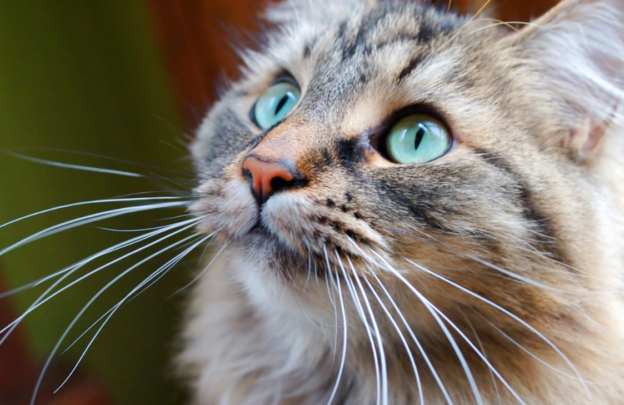Holiday seasons often mean family trips and getaways, but leaving pets behind can cause anxiety for both you and your furry friends—much like the epic journeys animal heroes undertake in recent adventure films. Entertainment sites covering the latest releases highlight stories where creatures adapt to unfamiliar worlds with courage and support, reminding us how important familiar surroundings are for our pets’ well-being.
Why Familiar Environments Matter During Travel
Pets thrive on routine. Sudden changes, like boarding in a kennel with new sounds, smells, and schedules, can lead to stress behaviors such as excessive barking, loss of appetite, or hiding. Studies from veterinary sources show that animals kept in their home environment during owner absences exhibit lower cortisol levels and fewer health issues compared to those in facilities.
In-home pet sitting keeps everything consistent: same bed, same yard, same feeding spots. Your pet gets playtime, walks, and cuddles without the disruption.
Drawing Parallels from On-Screen Animal Adventures
Many 2025 films feature animals navigating big changes—think intelligent robots bonding with wildlife in isolated islands or bands of creatures surviving floods and heists together. These tales show resilience but also the comfort of trusted companions and safe spaces. Just as those characters fare better with support, your dog or cat benefits immensely from a caring sitter visiting or staying overnight in their own home.
Practical Tips for Smooth Holiday Pet Care
- Book early: Popular sitters fill up fast around Christmas and New Year’s.
- Provide clear instructions: Feeding times, medication, favorite toys, and emergency contacts.
- Introduce the sitter beforehand: A meet-and-greet helps your pet warm up.
- Consider overnight stays: Ideal for pets who get lonely at night or need extra reassurance.
At Animal Au Pair of Fort Mill, we specialize in personalized in-home care for all animals—daily visits, overnights, and even vendor sitting while you’re away. Insured, certified in Pet First Aid, and passionate about treating each pet like family, we serve Fort Mill and surrounding areas so you can travel worry-free.
This holiday season, give your pets the gift of home comfort inspired by those brave screen adventurers. Contact us today to schedule your pet’s care and enjoy your trip knowing they’re happy and safe.









